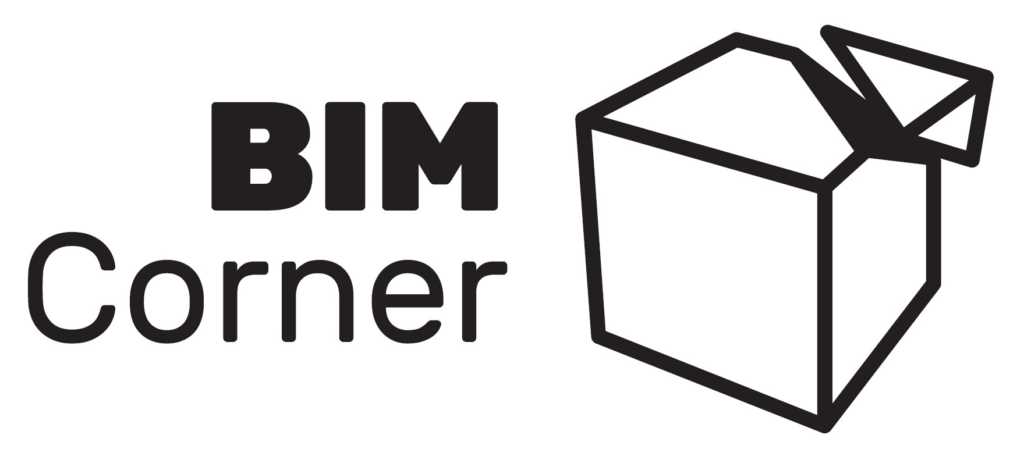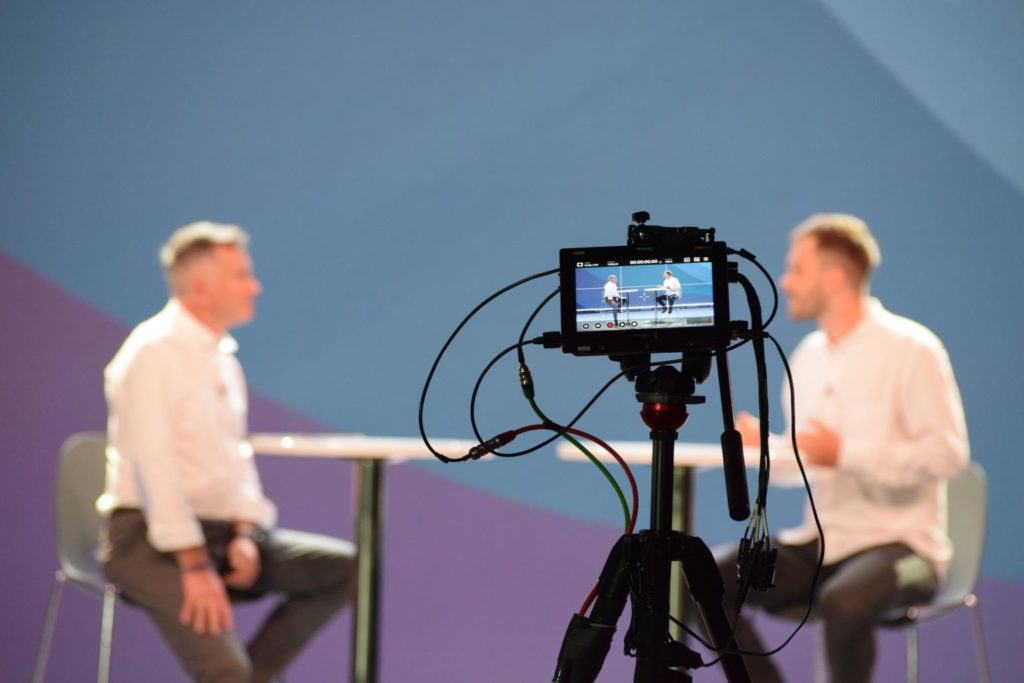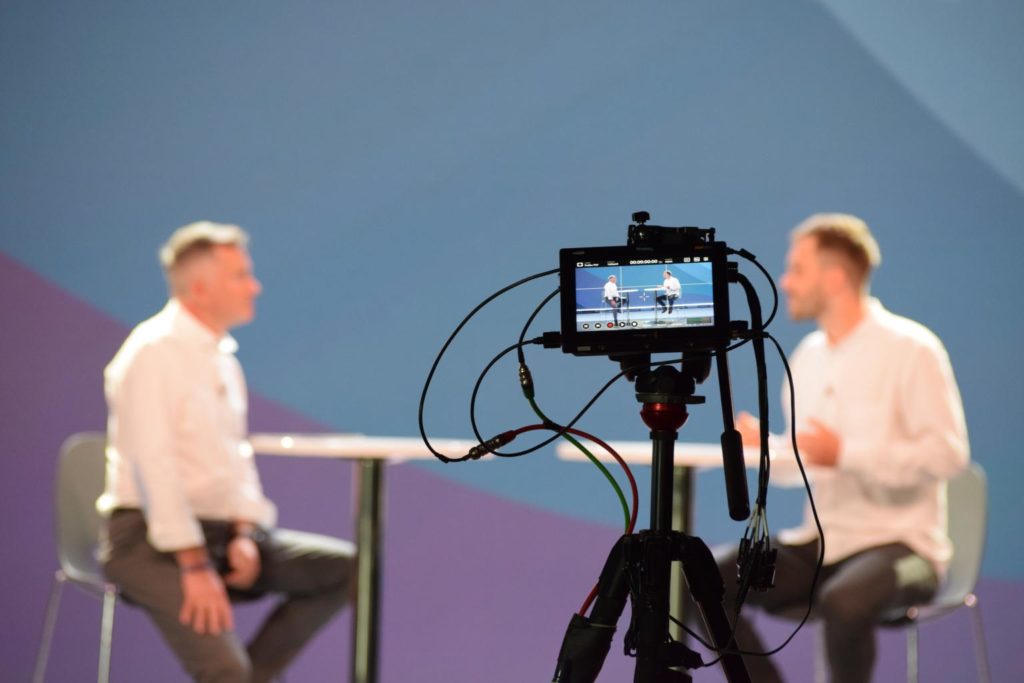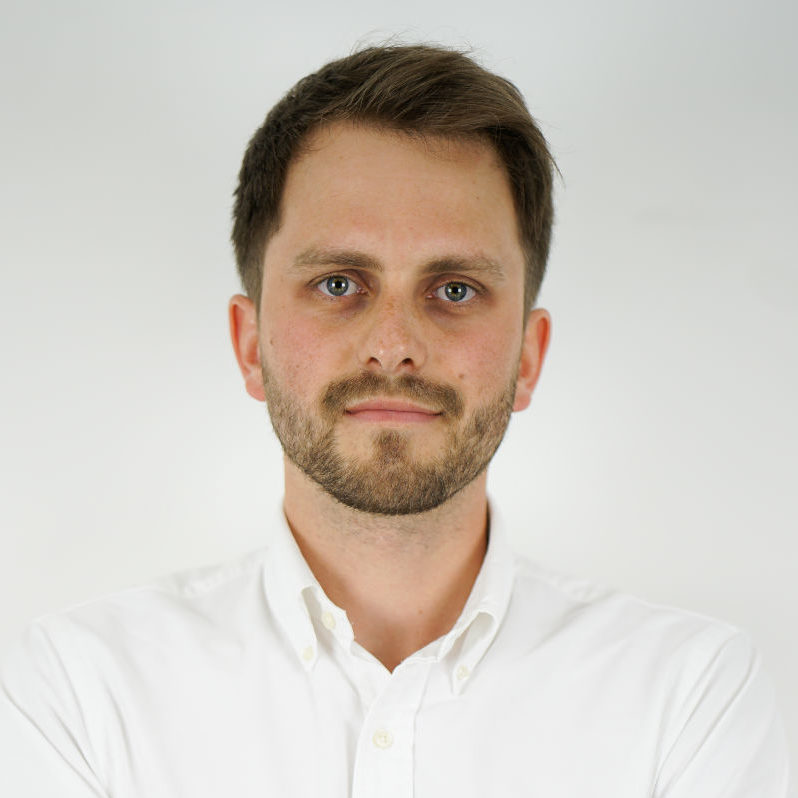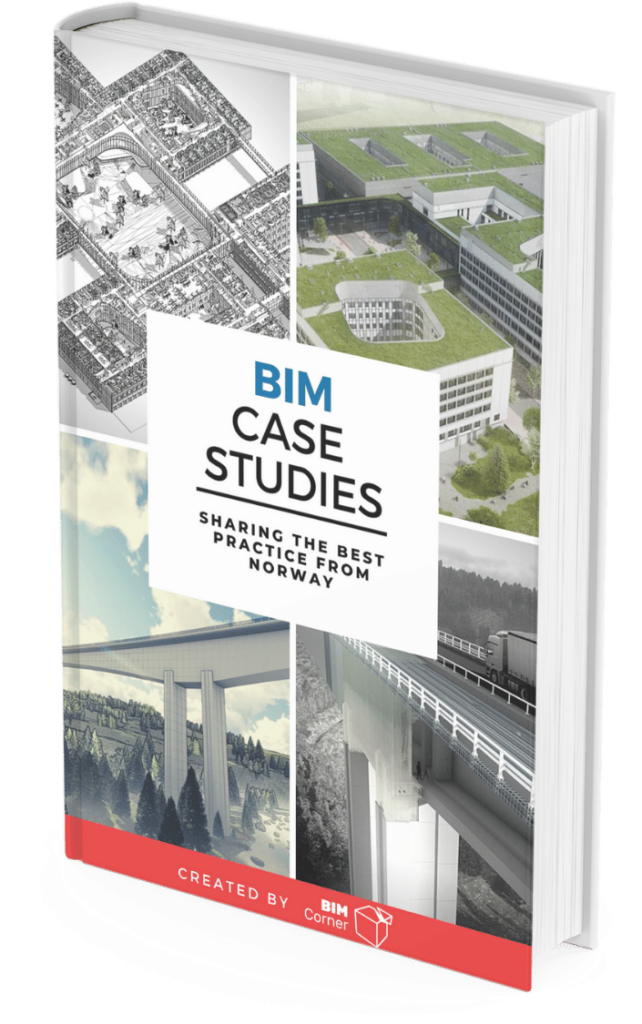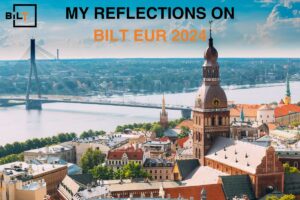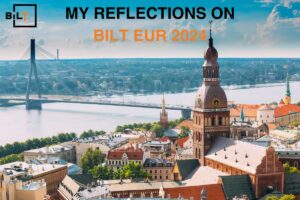Professor Marek Salamak from the Silesian University of Technology in Poland launched his own information channel, called infraSTUDIO. The format of the program involves short and dynamic conversations with experts who operate in the field of digitization and automation of the construction industry. Especially in connection with the infrastructure and bridges to which, due to his professional profile, he is closest to.
The guest of the premiere episode was Marcin Pszczółka, co-founder of BIM Corner. During the interview, topics such as: the beginnings of BIM Corner, the BIM level in Norway and the direction of BIM development in Poland were discussed.
I invite you to watch. (Episode recorded in Polish – English subtitles available)
An interview transcript is available below the video.
Interview transcript
MS: You’re pretty tanned for the arctic land’s resident? Isn’t it too hot in Poland for you?
MP: Mark, first of all, thank you so much for inviting me to infraSTUDIO… I’m not sure if you know, but Norwegians say there’s no such thing as bad weather, only bad clothes. Experiencing all seasons in Norway, I can say that temperatures in summer can be higher than on Polish beaches.
MS: I’ve already revealed that you studied in Gliwice. Say something about your education at the Silesian University of Technology.
MP: Yes, I did, in fact, I studied transport infrastructure design and construction from 2009 to 2015. I have very nice memories from that time since I experienced real student life while living in a dormitory.
Despite the passage of time, I manage to keep a relationship with many friends and hosts. Just like with you.
MS: What made you so drawn into Scandinavia? You got into a company in those areas right after college, right?
MP: It all started with Erasmus in the final year of college. As part of that program, I did an internship in a Scandinavian company. I remember that I was fascinated by the way Norwegians work. It was 2014, and I was already participating in a project applying BIM technology.
It was a big deal for me as a student. After returning from the internship, I wrote my thesis on BIM in Infrastructure inspired by what I worked with. As it turned out later, Norway is an ideal place to develop in my industry.
All of this makes me live in Norway for 4 years.
MS: Weren’t you afraid you couldn’t cope with their high level of BIM? Plus there’ll be a difficult language, tough people, and only two hours of daylight in winter?
MP: In the beginning, like probably everyone else, I felt a fear of the new unknown. I wasn’t thinking about the BIM level at the time, because I’ve already known “something”.
Of course, I was afraid of the Norwegian language the most. Fortunately, during the first period of my stay in Norway, when I worked for Trimble for 3 years, I could speak English. At the time, my technical skills were more important to the company than my language skills.
MS: But now you work for Norconsult?
MP: Yes. While I was working at Trimble as a Software Engineering Manager in BIM, I wished to work on the other side. I really wanted to learn about the specifics of working on an infrastructure project and use these software tools in action.
I have been working for a year as BIM Coordinator on small and large railway and road projects. The projects are at different levels of BIM maturity. From 1 to 3.
MS: How and when did the BIM Corner idea come up?
MP: While living in Norway for some time, I started to meet Polish engineers. First I found Janusz. He worked in the same building as me, only two floors down. We often met on breaks and discussed BIM. One day we concluded that it would be nice to gather a group of people that we could just casually talk to about BIM. Each of us knew someone and soon there were six of us. We all met, at the Norwegian IPA, and little by little, we decided to do something together. It was a blog and after the voting, we chose the name BIM Corner. So BIM Corner is a place describing BIM the way we see it. We write down our experiences there and present them in a simple way.
MS: You have developed great branding, and you gradually build your brand. Where do you get your ideas for these great graphics from?
MP: We noticed that good graphics can explain more than a whole wall of text. Easier to remember, easier to repeat. The picture allows you to cut out unnecessary words and show the subject with a clear scheme. We prefer to use graphics to describe BIM processes, which are difficult to describe. Each of us has different ideas for our graphics, but we follow the KISS rule, which is Keep it simple stupid.
MS: When did you find out that BIM Corner can succeed in this ocean of social media posts?
MP: We believe that engineers deserve to disenchant BIM definition. We want to create a reliable online place to attract the reader with valuable content, not necessarily advertising. From the beginning of the blog’s existence, we’ve been determined to create systematically, very good quality materials for everyone interested in BIM. We participate in discussions, we respond to every comment, every email. This is how we meet many experts among our readers. It seems to me that all these things together arouse people’s sympathy and result in the recognition of BIM Corner online. Additionally, we develop our Social Media such as LinkedIn, Twitter, Facebook, and YouTube
MS: But BIM Corner isn’t just Marcin Pszczółka. Say something about your partners, because as far as I know, they are all Poles. How did you meet? I mean, you’re not friends from one university.
MP: BIM Corner is made by six people who live in Norway on a daily basis. We are all Polish engineers who work in various AEC companies, where BIM is used in everyday life. Konrad Fugas works in the IT industry for BIM. Ignacy Łoziński is a BIM programmer, with BIM Coordinator experience in structures. Janusz Majcher is a specialist in new technologies and Tekla. Krzysztof Wojsław deals with designing bridge structures using Grasshopper. Konrad Naborczyk is a project coordinator in a construction company.
As it turned out, we are from four different technical universities – from Opole, Gliwice, Warsaw, and Gdańsk. So we can say that we connect southern and northern Poland across Warsaw.
MS: Please describe briefly the Scandinavian BIM market now. Especially in terms of infrastructure, you’re much more connected with.
MP: Rough terrain and climate conditions result in very high construction costs. In its strategy for the next decades, Norway has a plan to connect the south with the north of the country, so current road and rail investments are huge. An example may be the E39 route or the new InterCity network. The institutions acting as the public investor put considerable emphasis on BIM development. They are constantly raising the bar. For example, the first BIM project in 2010 was on the second level, and today’s expectations are already on the third level, where all information is included in the model.
MS: So what can we learn from the Norwegians?
MP: I think we can learn great organization and professionalism at work from Norwegians. An interesting thing is that everyone call each other by the first name, regardless of age, social status, or position. I really appreciate the high quality of industry events in Norway. In places such as BIM conferences, you can meet many experts from different parts of the construction market. These are knowledge-oriented and networking events. Software is important, but it doesn’t play the main role.
MS: And how do you assess the Polish BIM market and its potential in this context?
MP: Honestly, I did not work directly with BIM on the Polish market, but I know what is going on through social networks. I have noticed that the Polish market is very fragmented and very diversified.
In Norway, the government, the public investor, and companies are driving the development of BIM technology. From time to time, further amendments are made to the existing guidelines, companies are working on common good practice manuals. BIM knowledge is publicly available.
In Poland, on the other hand, it has become clear that BIM knowledge is expensive because you have to pay for the know-how. Unfortunately, many people who don’t have practical experience of BIM take advantage of the possibility of quick profit and educate at the level of the so-called BIM Hollywood, which comes down to fluent knowledge of the modeling program.
So, in my opinion, the Polish market is very fractured, very diverse. I still don’t see a clear, common direction of development.
MS: We were supposed to meet in Gliwice in May during the next InfraBIM, but because of the pandemic, we had to postpone everything until October. What are your expectations for the event? I know that you are involved in running the first BIM marathon.
MP: Only few BIM events in Poland are knowledge-oriented. InfraBIM with its workshops and Hydepark has a chance to change that. There will be BIM Corner’s lectures, so I encourage you to come.
When it comes to BIM Marathon, it can be a breakthrough for Polish BIM. Events of this type are known around the world, time for BIM in a slightly unusual form.
Take part in the third edition of infraBIM and meet the BIM Corner team
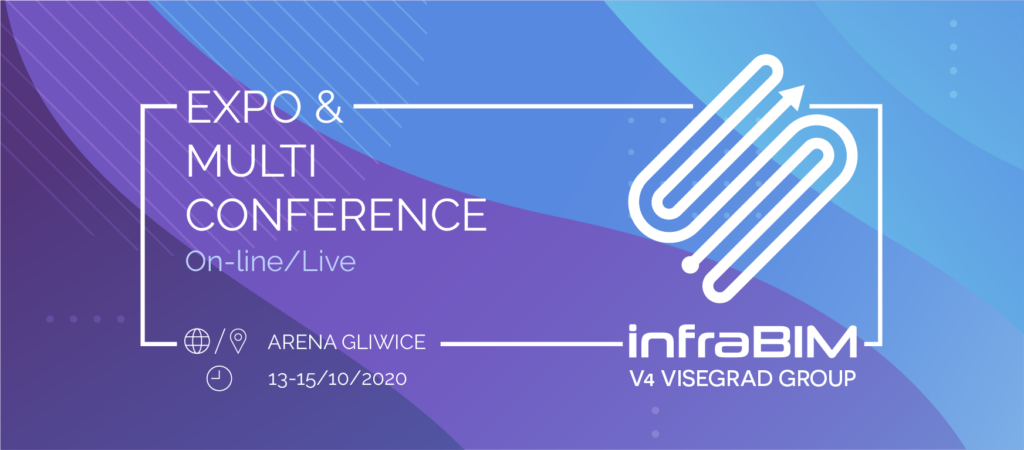
Ahead of us is the largest event, organized for the first time on such a scale in Central and Eastern Europe, called infraBIM.
This time, the event will take place in a hybrid form, where reality will merge with the virtual world. Regardless of where on earth you will be – thanks to the modern form, we can meet, even if we are separated by hundreds of thousands of kilometers!
Accompanying events are planned, the main purpose of which is to develop and promote the BIM methodology in construction. Each of them in an innovative and creative way shows the importance of new technologies.
You can find more about the event here

